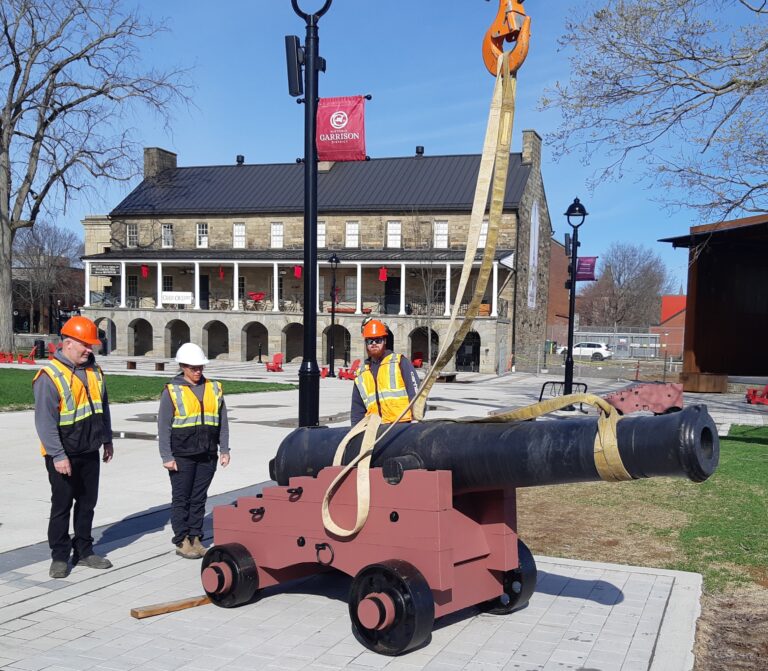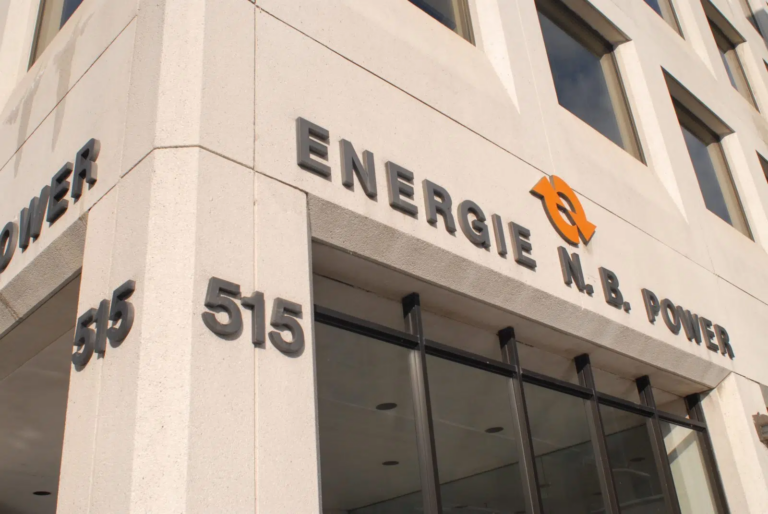In December 2021, the Government of New Brunswick announced the plan to build a $32-million prison in Fredericton.
According to Attorney General Hugh J. Flemming, the correctional facilities of New Brunswick were at capacity: “Our system is stretched.” He also argued that “crimes requiring incarceration have been trending up, including trafficking, production and distribution of controlled substances.”
The truth to these claims, however, is uncertain — the Government has refused to release any documents.
According to CBC’s November 2nd investigative article, a request was made to access the information on “records that detail the need for a new correctional center, including records that discuss the business case for a new jail.”
In the article, it is also noted that the request “asked for records detailing capacity issues within the current system.”
The New Brunswick government chose to refuse the request, with the refusal being justified on the grounds that the release would uncover “advice, opinions, proposals or recommendations developed by or for the public body or a Minister of the Crown.”
The government’s withholding of documents has been a point of contention with the general public, experts, and politicians alike.
Tia Dafnos, a Professor of Sociology at the University of New Brunswick, argues that the Government has “failed to make the case” for the prison.
“Are we just supposed to trust the assumptions?” she questions.
At the same time, she is cautious in being critical of the data.
“I think even if there are statistics, we have to be careful about how we understand [them],” Dr. Dafnos emphasizes.
“Even if we have, hypothetically, a claim that the overall crime rate had increased in this year, compared to last year,” she starts, “one of the major considerations is that we have been living through a pandemic.”
“The other consideration is that crime rates will vary every year,” she says. “To have a real sense of whether we are really talking about a continuing increase in crime, we need to look at a decade from now, not just from year to year.”
This level of nuance, though, cannot be achieved if the public has no access to the Government’s data.
“We are just lacking information,” she notes. “There is a massive gap in terms of transparency, and I think this makes for a very weak case.”
Dafnos also suggests that the resources going towards a new correctional facility could be better spent.
“There has been a lot of evidence that shows that providing folks with access to affordable, safe housing, is one of the crucial factors that increase safety for everyone,” she argues, “investing in things like mental health, harm reduction sites, as well as substance use support systems.”
These concerns and suggestions are also echoed by the public.
On Twitter, @ColinHodd writes: “Ah yes, whenever I make justifiable and well-founded decisions I too work as hard as possible to not have to explain them.”
Another commentator, @JoseeLeBouthill, states that “It would have been so nice to see that money invested in affordable housing, health care system, etc.”
The same reasoning is employed by @whytehughes: “How about some “upstream” thinking?!? Mental health services, better addiction services and housing support!!!”
These questions and concerns are yet to be answered.



